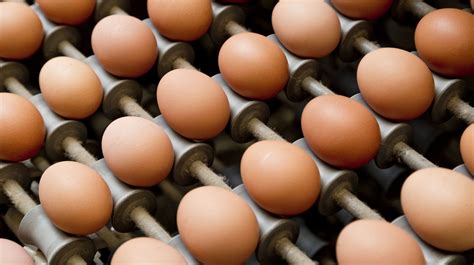Understanding Egg Quality for Reproductive Health
Egg Quality FAQ
What is egg quality?
Egg quality defines those characteristics of an egg that affect consumer acceptability and preference. Components of quality include shell quality and interior egg quality for shell eggs, and interior egg quality for further processed eggs. The quality of the egg once it is laid cannot be improved.
What are the components of egg quality?
Components of quality include shell quality and interior egg quality for shell eggs, and interior egg quality for further processed eggs. The quality of the egg once it is laid cannot be improved. Hence, its maintenance is mostly a preventive process.
Is egg quality a scale of healthy to unhealthy?
Egg quality is not a scale of healthy to unhealthy, with measures in between—it’s a binary state of either normal or abnormal. Once an egg divides with abnormal DNA, it can’t be fixed medically or “healed.” In other words, once an egg becomes abnormal, it can’t become normal again.
What is the optimal egg quality Handbook?
The Optimum Egg Quality Handbook describes 15 shell defects and 9 internal defects, each illustrated with a colour photograph. It explains the possible causes and corresponding control measures for each defect.
Why is egg quality important?
Egg quality is as important as egg quantity when it comes to achieving a healthy pregnancy. The quality of an egg is defined as to whether an egg is chromosomally ‘normal’ (euploid) or ‘abnormal’ (aneuploid).
What is the difference between quality and egg quality?
Quality has been defined by Kramer (1951) as the properties of any given food that have an influence on the acceptance or rejection of this food by the consumer. Egg quality is a general term which refers to several standards which define both internal and external quality.
What is internal egg quality?
Internal egg quality involves functional, aesthetic and microbiological properties of the egg yolk and albumen. The proportions of components for fresh egg are 32% yolk, 58% albumen and 10% shell (Leeson, 2006). The egg white is formed by four structures.
Egg Quality References
If you want to know more about Egg Quality, consider exploring links below:
What Is Egg Quality
- https://www.verywellfamily.com/how-to-support-egg-quality-5219743
- https://www.sciencedirect.com/topics/agricultural-and-biological-sciences/egg-quality
- https://myovaterra.com/blogs/resource-library/what-exactly-is-egg-quality-how-to-measure-egg-quality-how-to-support-it-on-the-journey
- https://www.egginfo.co.uk/egg-facts-and-figures/industry-information/egg-codes-and-quality
- https://www.ivi.uk/blog/egg-quality-why-is-it-important/
- https://www.invitra.com/en/quality-of-the-eggs/
- https://www.ccrmivf.com/egg-quality/
- https://extendfertility.com/fertility-and-egg-quality/
- https://ivi-fertility.com/blog/signs-of-bad-egg-quality/
- https://www.monash.edu/discovery-institute/news-and-events/news/2022-articles/understanding-how-egg-quality-affects-embryo-development-and-fertility
Egg Quality Information
Explore Related Topics
Genetic Testing and Counselling for Male Infertility: What to Expect?
Explore the process of genetic testing and counselling for male infertility, including the steps involved, timeline, and expected outcomes.
